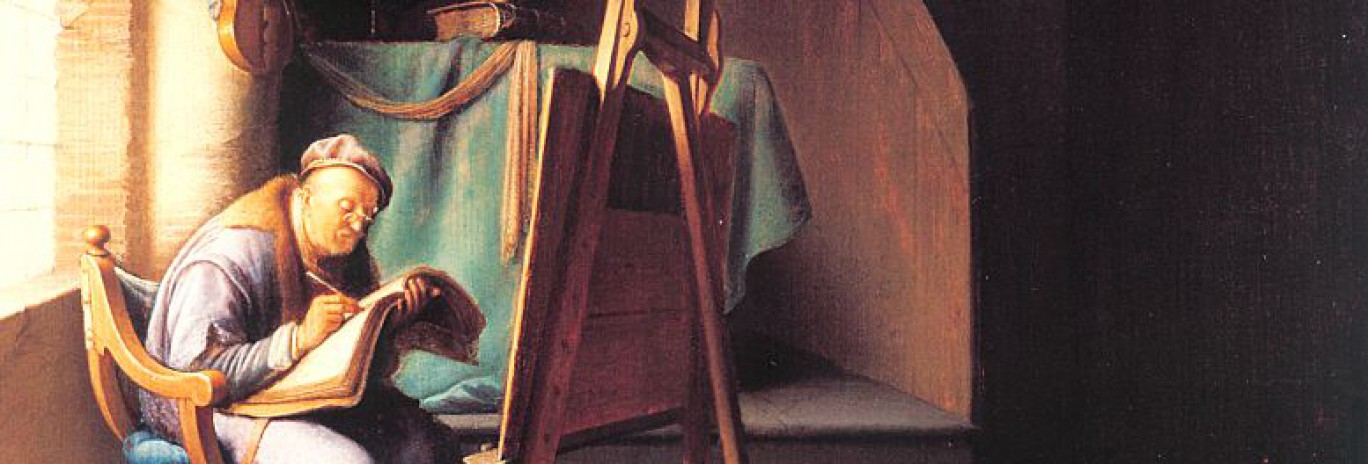Events
Paper by Jenny Boulboullé at the Learning by the Book Conference, Princeton University, June 6-10
Making Manuals in the Arts
Building on book history and material culture studies, this paper takes a hands-on approach to the study of manuals and argues for the importance of a manuals’ material aspects to understand the history of its making, its uses and its reception. Jenny Boulboullé’s paper focusses on a case study from the early modern period: the manuscript compilation MS Sloane 2052, better known today as the ‘Mayerne Manuscript’. Her paper traces the ‘cultural biography’ of this unique collection of loose notes, written in many hands in a mix of European vernaculars and Latin, that was compiled by and for the royal physician Theodore de Mayerne in London between ca. 1620-1646, but was only published in print in the long nineteenth century. In the course of the last century it has gained fame as an indispensable handbook for the study of seventeenth-century art technologies, in particular Netherlandish oil painting techniques. It saw many editions and translations, many of which are currently used for teaching and research in conservation and technical art history to study historical making processes of Northern European Art. Paradoxically, this famous source text has itself rarely been studied as an early modern artefact. Its recent digitization facilitates visual analysis of its original folios. Boulboullé will present close readings of selected folios that exhibit an intriguing range of art and writing technologies. Visual inspection of the original pages shows how the compiler turned folios into sites of manual experimentation, and reconstruction research of these experiments reveal a systematic exploration of handling properties of self-made inks and colorants. Boulboullé will use examples from her study of the ‘Mayerne Manuscript’ to discuss the heuristics of reconstruction/re-performance research as a complementary method in handbook studies, and more generally in interdisciplinary research in art history, material culture studies, and history and philosophy of science.



